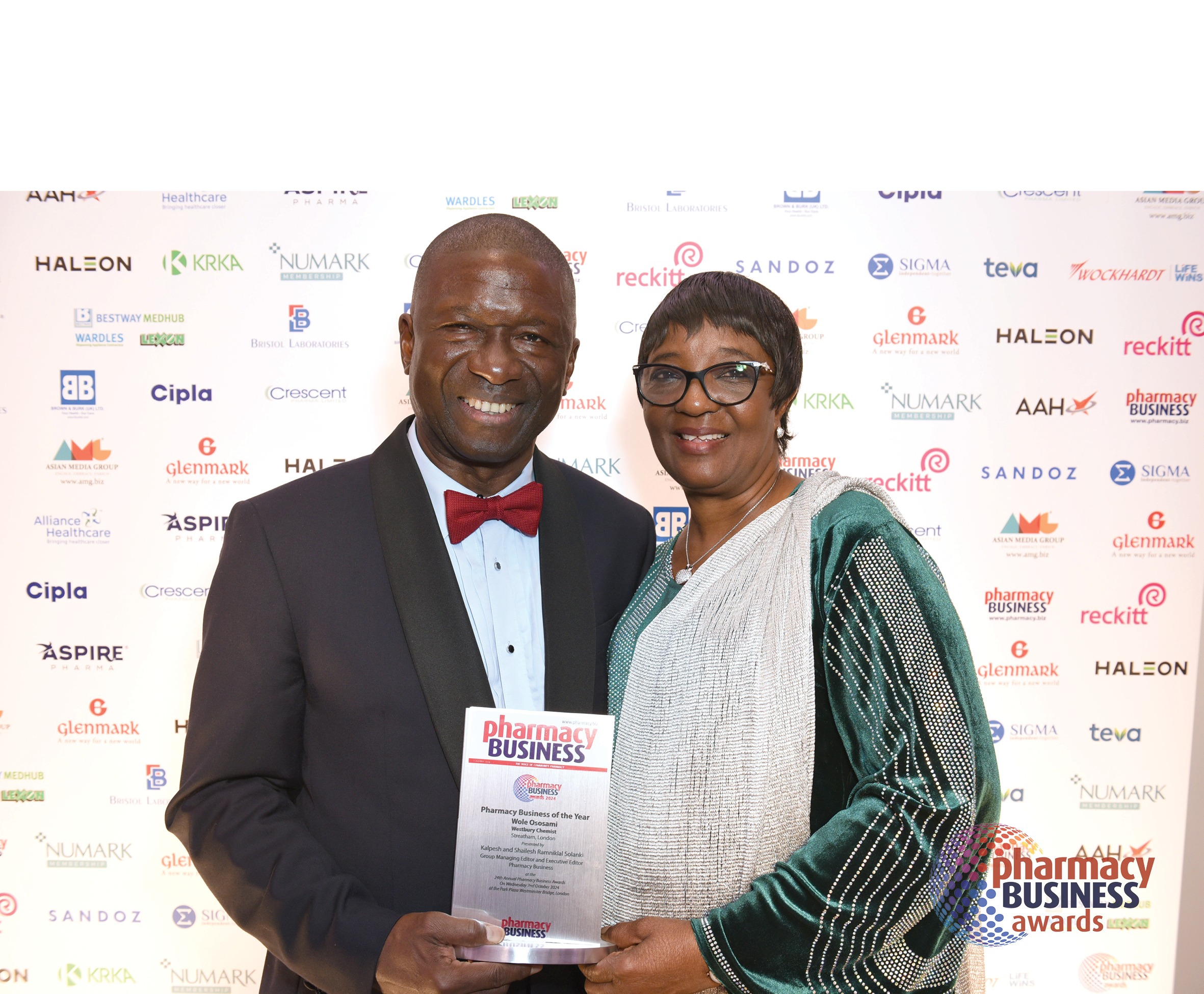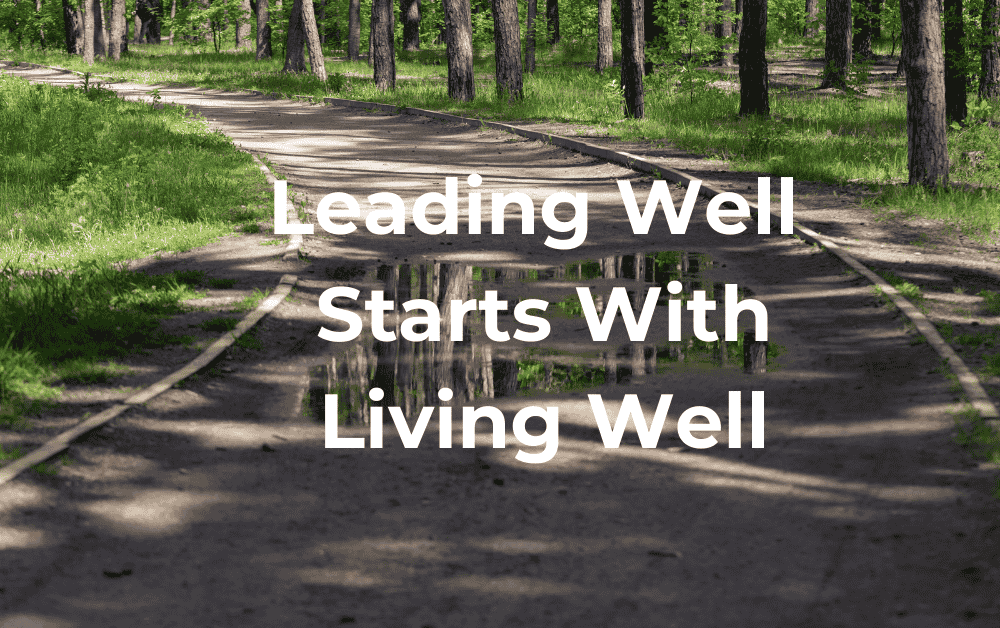This week I will be hosting my friend and past UK and Ireland Public Speaking champion to a webinar where we will be talking about how to prepare for your next speech competition. Not everyone will be preparing for a speech competition but everyone can benefit from improving their public speaking skills.
So let me share with you my top 10 public speaking skills that can help you speak or present like a pro.
How To Speak Like A Pro – My Top 10 Public Speaking Tips – Created with Haiku Deck, presentation software that inspires
[callout]Malachi and myself will be doing a free webinar titled ‘From Club Champion To District Champion – 21 World Class Speaking Tools To Help You Win Hearts, Win Minds and Win Trophies’.[/callout]
[button href=”https://attendee.gotowebinar.com/register/2634829355422023937″ primary=”true” centered=”true” newwindow=”true”]Click To Register For Free Webinar![/button]
#1. Fear of Public Speaking
This fear is never going to go away so you have to learn to be comfortable with being anxious about speaking in public. I am an advanced speaker with well over 50 speeches and presentations and I still get nervous about getting called to speak especially if it is an impromptu speech.
So like riding a bicycle or playing the piano, the only way to get better at speaking is to…speak. Don’t pass up any opportunity to speak in public because that is your route to speaking like a pro.
#2. What to speak about
Speak about your hobbies, the highlights of your day at work or just about anything that you are interested in. You don’t need to be an expert on a topic to speak about that topic. But you certainly need to know something about it. Your role as speaker is to passionately cover that which you know in a manner that is interesting, informative and inspiring to your listeners. You may also consider keeping a notebook (paper or electronic) about possible speaking topics as well as things that interest you as you go about your daily routine.
#3. Speech preparation
I have heard people say that they did not prepare for a speech and then stand up and waffle through. Don’t let that be you. There is a wise saying that –
Proper Prior Preparation Prevents Poor Performance
People who speak like a Pro will have spent some time preparing their speech. There are many preparation techniques so find and work with one that works well for you. I have a 5-part formulae which I use and it works well for me. I even write out my speeches in long hand as part of my preparation process.
#4. Body language and gestures
Your body language and gestures are the non-verbal tools you employ to reinforce what you are saying in your speech. Open arm gestures make your listeners feel included in your speech. A smile is equally important as they help you connect with your audience. Varying your tone, pace and volume as you speak will make you more interesting to listen to.
There will be times in your speech when it is ok to stay in one place and move your head from side to side to make eye contact with your audience. If you are speaking on video, then you will have to look straight into the camera to make connection with your audience.
#5. Speech structure
To speak like a Pro, your speech will need to be made up of at least three parts. There is an introduction, a body and a closing. You may have different names for this but there will be a start, a middle and an end to your speech. You will also need to have transitions from one section of your speech to another.
Speech structures are the frame upon which your speech hangs. The structure acts as a road map for your listeners to follow you as you speak. Unlike reading a book or listening to a recorded speech, there is no pause or reply to your speech. If you loose a listener, the structure which is the road map will help your listener get back on track.
Your speech structure also makes it easier for you to stay focused and remember the content of your speech.
#6. The Rule of 3
Because I want my audience to remember what I say, I rarely make more than three main points in any speech. If I have more than three points to make, then I will choose three that best suit the purpose of my speech and keep the rest for next time or include it in a handout or blog post.
Your one-hour keynote speech will contain three main keys or solutions and the tools and techniques of implementing the three keys.
There will be situations where you have to make more than three main points. My tip for you is to group them into three sections of three and then reinforce your points with a handout or other take-home resources such as books and website downloads.
#7. The Pause
Well-timed pauses are a very valuable part of a speaker’s toolkit. A speech should not be a monologue – that is, one person speaking and the rest of us listening. We might as well download the speech rather than come and listen to you speak.
The pause is where you refrain from speaking and pass the baton to your listeners. It’s your way of saying, “now, it’s your turn to say or do something as your contribution to this dialogue”.
The pause allows audience engagement – in the form of responding to your questions, digesting and thinking about the impact or meaning of your point, and laughing and enjoying the humour in your speech.
So don’t just rattle on as if you are the only one in the room. Be sure to include places within your speech where you pause and say nothing so that your audience can respond and be a part of the speech.
#8. Asking the audience questions
Questions form part of your audience engagement tools. Ask rhetorical questions that you answer yourself or don’t require an answer to. Ask questions that make your audience nod their head or raise their hands in agreement. Use questions to help your listener build an image in their minds rather than engage in deep thought.
If you have to have a question and answer session, make sure you are in control by setting a time limit for the session and not have it as the last thing in your speech. If you do not know the answer to a question, say so and tell the person asking that you will get back to them after the session is over.
#9. Too much content
You are not going to be able to say all that you know about a topic in one speech. Stick to the time you have been given and focus on the main points that will give the greatest value to your listeners. As for the rest, you can include it in your blog post, handout or a book on the topic.
Your speech content must include education and entertainment, information and inspiration as well as fun and laughter.
There will be times when you have too much and times when you have too little to say. That’s ok. Don’t keep your audience longer than you need to and don’t tell them more than you need to. Leave your audience wanting more. This allows them to buy your book, sign up for your blog or attend your webinar.
#10. The take-home message
This, in my opinion. is the most important part of your speech. It’s also sometimes called the call to action or the next step.
Your speech presents you an opportunity to impact the lives of your audience. It’s a privilege that must be wisely used. You are the expert – so add value to the lives of your audience with a take-home message. What do you want them to do next? Don’t just leave your audience confused about the point of the whole speech. Close with a clear call to action that summarises the main points of your speech and gives a clear next step.
The message is your key to speaking like a Pro. Make it clear. Avoid having more than one main message. It’s too much for one speech.
[callout]Sign up for the free webinar titled ‘From Club Champion To District Champion – 21 World Class Speaking Tools To Help You Win Hearts, Win Minds and Win Trophies’.[/callout]
[button href=”https://attendee.gotowebinar.com/register/2634829355422023937″ primary=”true” centered=”true” newwindow=”true”]Click To Register For Free Webinar![/button]







